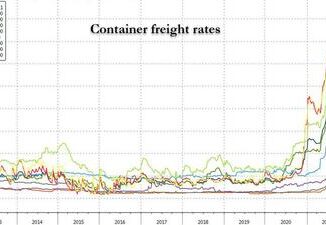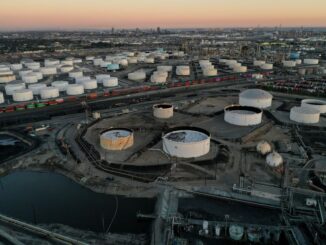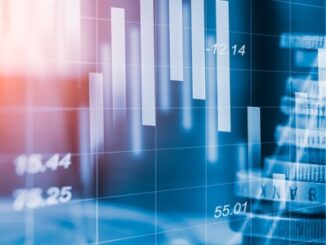
Clean-energy stocks have fallen out of favor, with pressures created by rising interest rates outweighing supportive government policies.
The iShares Global Clean Energy ETF reached its lowest level since July 2020 this week. The exchange-traded fund invests in renewable-energy companies and utilities in line with a benchmark compiled by S&P Dow Jones Indices, including
Supply-chain problems and waning demand have added to the challenges created by higher borrowing costs. The result: a stock-market selloff despite commitments by the U.S. and other large economies to foster sustainable power generation.
“The policy backdrop is very supportive. But there are headwinds. Clean tech is a very interest-rate-sensitive sector,” said Simon Webber, a global equities portfolio manager at Schroders
He said the industry’s long-term prospects were still good. “I think this is a low point in the cycle,” Webber added.

The Biden administration’s Inflation Reduction Act of 2022 allocates close to $400 billion to clean-energy development through direct funding and tax credits. This program has attracted more than $120 billion in project proposals, according to ING.
Meanwhile, the European Union is also endeavoring to build up its ability to generate homegrown energy and reduce its dependence on natural-gas imports—the EU learned a tough lesson from disrupted Russian supplies following the Ukraine invasion. The bloc’s lawmakers passed a bill last month that boosted its renewable-energy target for 2030.
The clean-energy sector broadly falls into two categories: companies that make or deploy capital-intensive infrastructure, such as wind turbines or solar panels, and those that are developing new technology. Both groups come under pressure from higher rates.
The Federal Reserve has lifted its key interest rate to a 22-year high. In turn, market-based interest rates such as government bond yields—which help set borrowing costs across the economy—have surged. The 10-year Treasury yield hit 5% Monday.
Renewables projects typically need a lot of upfront funding to buy equipment such as solar panels and wind turbines, which is then repaid over time by electricity sales. As much as 80% of such projects are financed by debt, according to a 2020 U.S. government report. Pricier loans eat into projects’ expected returns, making it less attractive to embark on new developments.
Rising rates also hurt riskier investments such as nascent clean-energy technologies. Current interest rates are used by bankers and investors in calculating what future cash flows should be worth today. For more speculative investments, whose value is based largely on far-off future cash flows, higher rates result in a lower valuation.
While tech stocks have felt this pressure for a while, excitement over artificial intelligence has shielded some companies, said Shaniel Ramjee, a multiasset fund manager at Pictet Asset Management. “There isn’t much overlap between AI and clean tech, though,” he added. Other problems are further spooking investors.
Munich-based Siemens Energy scrapped its profit outlook in June after its wind unit said turbine components were failing more often, while executives at Danish wind-turbine manufacturer Vestas Wind Systems have warned of persistent supply-chain disruptions that will last through the rest of this year.
Some makers of home solar equipment are struggling with softening demand and say that installers have built up high backlogs of inventories, resulting in lower orders.
Many buyers of solar panels for houses finance them using loans, making these purchasers also sensitive to higher interest rates.
SolarEdge, which makes inverters for converting current generated by solar panels, slashed its revenue forecasts last week. The move sparked a record 27% collapse in its shares and prompted a string of price-target cuts and ratings downgrades from analysts at banks such as Goldman Sachs and Deutsche Bank
. Some fund managers expect the turbulence to be short-lived, and see this as a good time to buy.
“Nothing has changed in the long-term picture. So this might be an interesting opportunity, now that valuations have really come down,” said Caroline Simmons, chief investment officer at UBS Global Wealth Management in the U.K.
In the shorter term, however, she has a different strategy. This year, Simmons said, the portfolios she manages have loaded up on oil stocks to benefit from rising crude prices.



